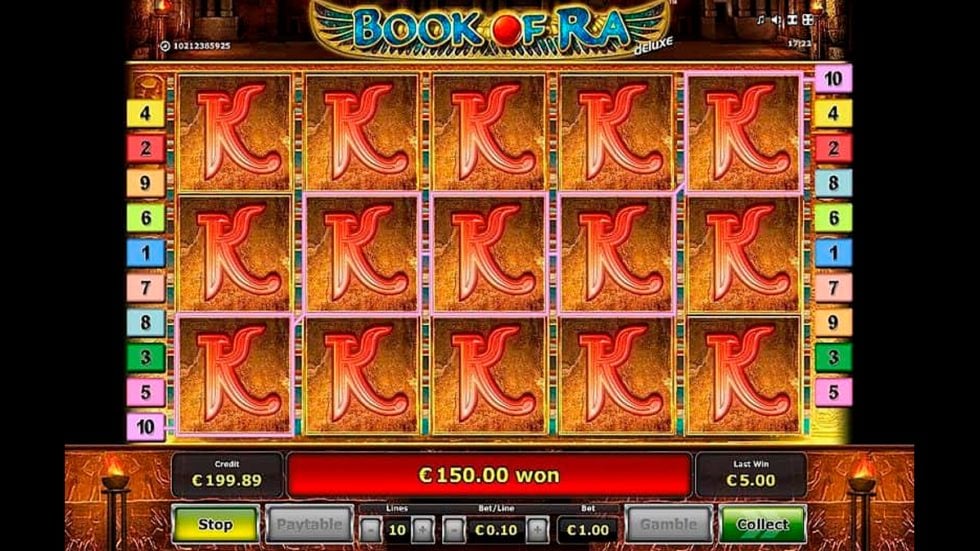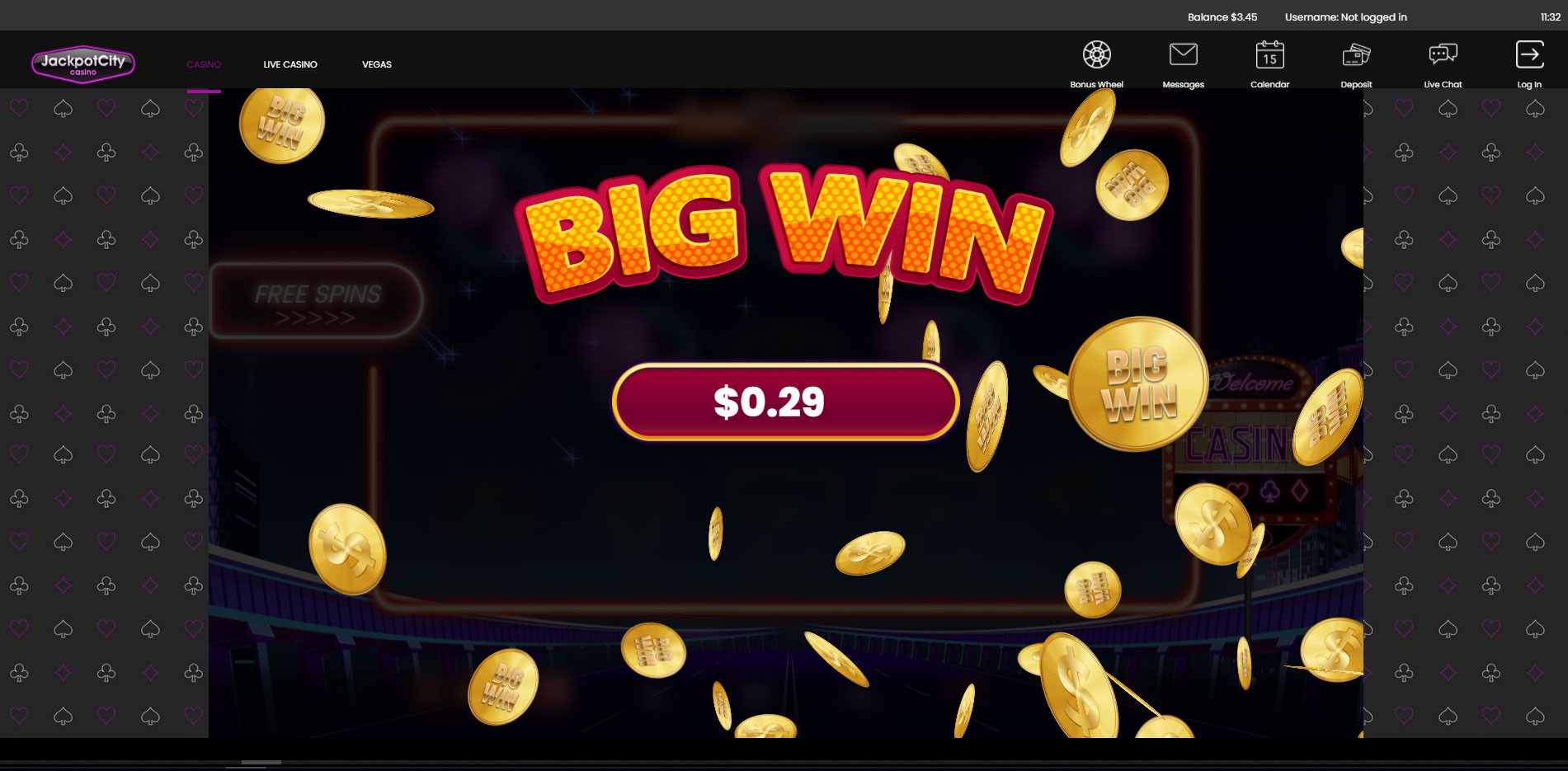Volatility Guide for 20P Roulette: High Risk Vs Low Risk Gaming

When you engage in 20P Roulette, you might not realize how deeply volatility influences your playing decisions. High-risk strategies often entail bolder wagers with higher potential returns 20 roulette but come with greater unpredictability. Alternatively, low-risk methods focus on steady, incremental wins, prioritizing bankroll stability. Understanding your individual risk tolerance can dramatically enhance your experience. How do you balance the thrill of substantial wins with keeping a reasonable gameplay approach? Here, you’ll find the secrets to aligning these thrill-inducing dynamics with your financial goals.
Key Takeaways
- High-risk tactics in 20P Roulette offer bigger payouts but increase volatility and the chance of swift bankroll fluctuations.
- Low-risk tactics focus on consistent small returns, lowering volatility and providing a stable gaming experience.
- Balancing risk and reward in 20P Roulette involves strategic betting patterns that align with your risk tolerance and financial goals.
- Setting clear win/loss boundaries and sticking to them helps manage risk and psychological responses in gameplay.
- Monitoring performance and adapting tactics enhances comprehension of volatility dynamics in both high and low-risk 20P Roulette games.
Understanding Volatility in 20P Roulette
To grasp the notion of instability in 20P Roulette successfully, you have to reflect on both the statistical dynamics of the game and the mental impacts on the player. Volatility influences govern how consequences deviate from expected values, affecting your perception of hazard. In 20P Roulette, game dynamics reflect the interaction between bet changes and payout structures. Low volatility games yield tinier, more regular wins, while high volatility offers larger winnings, albeit less often. Understanding these regularities enables you to anticipate potential fluctuations in consequences and plan accordingly. This knowledge not only sharpens predictive ability but also influences emotional replies. Recognizing the volatility impacts in this particular context enhances strategic judgments, aligning your gameplay under the umbrella of informed danger management.
High Danger Gaming Strategies and Their Allure
Despite the essential risks, elevated risk gaming methods hold a distinct allure for many 20P Roulette aficionados. You might wonder why these elevated stakes strategies are attractive. It’s all about the thrill rush and chance for rapid wins. Excitement seekers are drawn to bold betting and the tension of risky plays, finding thrill in reckless behaviors that make each spin a nail-biting event. Prudence is often set aside, yet there’s a complex layer of risk control involved. Cổncio strategies combine deliberate moves with significant stakes appetites, offering a refined approach amidst apparent chaos. The allure is not just in winning big, but in controlling the volatility and ambiguity of each bet, aiming to outsmart Lady Luck herself.
Exploring Low Risk Gaming Strategies
While high stakes strategies offer an adrenaline boost, they aren’t for everyone. You can opt for low stakes gaming, focusing on stability and incremental gains. Effective bankroll management becomes paramount in this pursuit. Start by establishing a set budget per session, ensuring you maximize play time without exhausting resources too soon. Focusing on game selection also plays a key role; lean towards even odds bets like red or dark, which provide consistent, albeit small, returns. These choices minimize risk, allowing for a more controlled and strategic experience. Additionally, implementing a structured approach to leaving the table when ahead protects your funds and builds confidence. By emphasizing structure and patience, you’ll foster a sustainable gaming model that balances fun with financial prudence.
Evaluating Your Personal Risk Tolerance
To accurately evaluate your personal risk tolerance in 20P Roulette, begin by recognizing your risk tastes, which can guide your gameplay approach. Balancing risk and gain becomes crucial as you consider how much variance you can comfortably endure while seeking potential gains. Furthermore, evaluate your financial security to ensure your wagering aligns with your financial goals and limits, avoiding unnecessary exposure.
Identifying Risk Preferences
Grasping your hazard choices is essential when engaging with games like 20P Roulette, as it directly affects both strategy and decision-making. Start by performing a risk evaluation to identify where you position on the hazard spectrum. Are you inclined towards cautious play, or do you pursue higher risks? Your gamer preferences can be identified by examining past gamble habits or theoretical scenarios. Evaluate how you react affectively and financially to victories and defeats. This self-reflective evaluation can reveal whether your tendency matches with low risk or high risk endeavors. When identifying your individual risk threshold, remain mindful of situational factors, such as bankroll size and game understanding. A clear understanding of your risk preferences enhances your 20P Roulette approach.
Balancing Risk and Reward
Navigating the proportion between danger and gain in 20P Roulette requires a keen analysis of personal risk tolerance. To conquer this, you must combine risk management tactics with reward optimization methods. Start by assessing your readiness to face volatility and potential losses. Calculate the probabilities meticulously, defining your comfort area for danger exposure. As you refine your approach, consider how each wager aligns with your overall strategy. High-risk bets may offer substantial returns, but are they consistent with your risk capacity? Conversely, low-risk wagers ensure stability but may limit potential rewards. Your objective should be to craft a plan that aligns with your objectives, balancing aspiration with caution. This subtle approach to gameplay elevates your 20P Roulette experience.
Assessing Financial Stability
Analyzing your financial solvency is crucial when determining your personal danger tolerance for 20P Roulette. Start with a comprehensive financial assessment, examining both your current holdings and liabilities. Calculate your available income, and evaluate how easily you can absorb potential losses without impacting your financial well-being. Use solvency metrics like debt-to-earnings ratio or liquidity ratios to gauge your financial strength. Understanding your ability to withstand volatility ensures that you make informed decisions at the gaming area.
Match your twenty P Roulette bets to your financial capability; don’t overextend. High-risk gaming requires a cushion in your finances, whereas low-risk methods demand fewer reserve. Regularly update your financial assessment to reflect changes in income or expenses, maintaining congruence with. Your strategy to protect and utilize capital efficiently.
The Effect of Instability on Gameplay Experience
When you think about volatility’s function, it immediately impacts your wagering strategy by determining whether you should take a more cautious or aggressive method. High volatility can amplify emotional reactions, intensifying the highs and lows felt during play. As you adapt to these shifts, your ability to control both your strategy and feelings becomes essential for sustaining an ideal gaming encounter.
Influence on Wagering Strategy
Understanding the effect of volatility on your betting strategy can greatly enhance your play encounter in 20P roulette. By grasping this idea, you can exploit game dynamics and enhance your method. Here’s how wagering psychology interacts with volatility:
- Risk Management
- Frequency Analysis
Harnessing these elements provides a competitive edge over others on the roulette table.
Player Emotional Reaction
Instability evokes a range of emotional responses that undeniably shape your gameplay journey in 20P roulette. Understanding how volatility influences player psychology is crucial for mastering emotional resilience. High volatility can incite a rush of adrenaline, captivating your feelings with each spin’s potential volatility. However, the inherent unpredictability can also evoke anxiety, highlighting the necessity for emotional strength. Conversely, low volatility offers a calmer gaming experience, yet may stimulate frustration due to limited thrills. It’s paramount to navigate this emotional landscape efficiently. Cultivate a mindset adaptable to both highs and lows to maintain strategic concentration. By doing so, you align your emotional resilience with analytical gameplay, ultimately enhancing your strategic choices and sustaining consistency across fluctuating scenarios.
Tips for Balancing Danger and Benefit in 20P Roulette
Harmonizing risk and gain in 20P Roulette involves smart decision-making and a keen understanding of likelihood. To excel this, focus on aligning your betting trends with your bankroll control strategy. Test with various patterns to discover those enhancing your potential returns while minimizing loss risks. Keep your wagers commensurate to bankroll size, thereby safeguarding against unfavorable outcomes. Adapt your approach based on seen results, ensuring your strategy develops with the game. Keep these in mind:
- Set clear limits
- Diversify bets
- Track performance
- Stay disciplined
- Learn continuously
How to Pick the Right Strategy for Your Goals
How do you tailor your roulette plan to your particular goals? Begin by defining your aims. Are you looking for steady accumulation or seeking exciting, high-risk wagers? For method selection, it’s essential to align your decisions with what you desire to accomplish. If you’re keen in boosting wins with lower uncertainty, evaluate systems like the Martingale. These are crafted for steady, albeit smaller, returns. However, if you’re inclined towards higher danger—and therefore, potentially greater payouts—systems like the Fibonacci sequence could fit your goals more suitably. Analyzing risk tolerance helps in goal congruence. Each strategy offers unique risk-reward proportions, requiring a determination that matches both your financial security and desired goals. Careful strategizing improves your gameplay to match with those aspirations.
Frequently Asked Questions
How Does the House Edge Impact Volatility in 20P Roulette?
You’ll observe the house benefit directly influences risk by boosting the chance of swings. Effective risk control involves comprehending this edge, guaranteeing you’re tactically balancing potential deficits and altering your stakes to control uncertainty’s influence on your game.

What Are Some Common Myths About Volatility in 20P Roulette?
People often think “it’s a throw of the dice,” misjudging assumed randomness and payout projections. In fact, volatility entails strategic factors, impacting your long-term bankroll security. Understanding it ensures you’re not wagering blindly into the void.
Can External Factors Affect Game Volatility in Roulette?
You might ask en.wikipedia.org if external influences impact game volatility in roulette. While game design and random luck primarily decide outcomes, variations in player tactics can indirectly affect assumed volatility through betting patterns and psychological reactions.
What Mathematical Models Explain Roulette Volatility?
Isn’t it captivating how probability patterns and risk assessment models reveal roulette’s volatility? You’d analyze these elements to understand outcome diversity. By mastering such methods, you can craft strategies that align with your risk choices.
How Does Player Psychology Interact With Perceived Volatility?
You interpret perceived volatility through your risk tolerance, often biased by cognitive prejudices. These biases, like overconfidence or loss aversion, distort how you judge risk, potentially causing you to make suboptimal choices in gambling contexts.